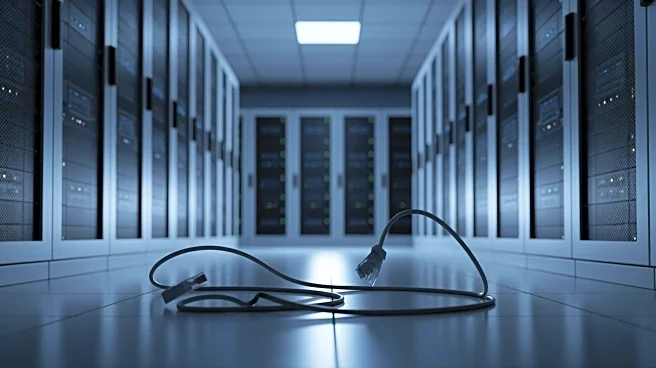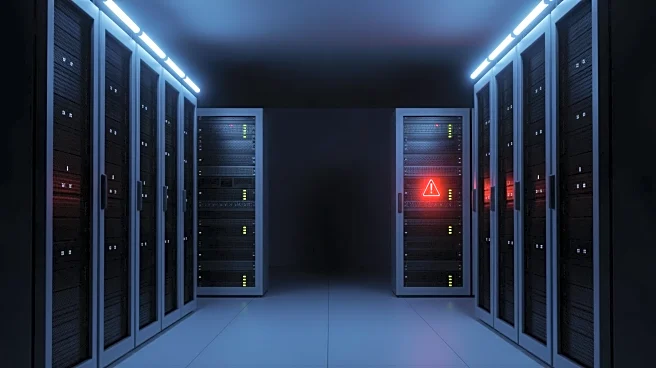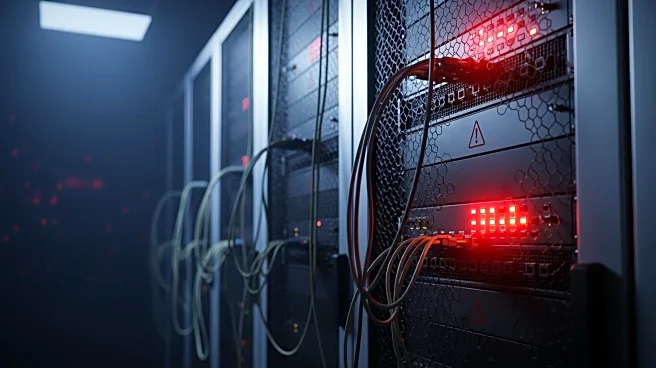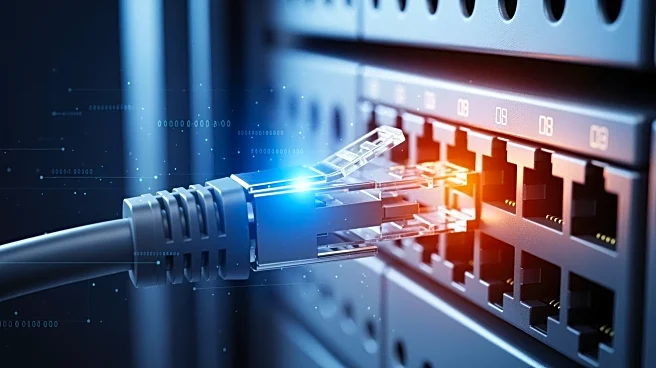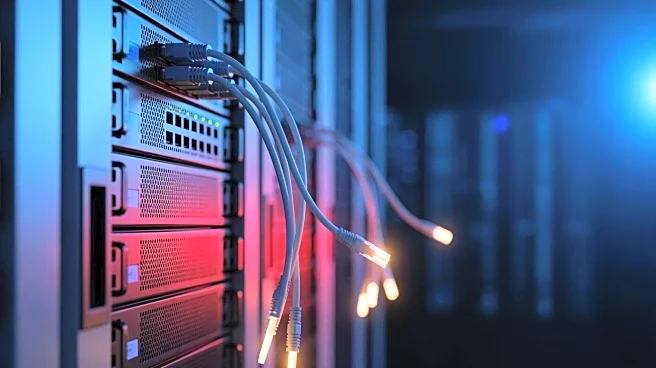What's Happening?
Cloudflare experienced a significant outage that affected numerous websites and online services. Initially, the company suspected a hyper-scale distributed denial-of-service (DDoS) attack, potentially
from the Aisuru botnet. However, further investigation revealed the issue was internal. A critical file used in Cloudflare's bot management system unexpectedly doubled in size due to a change in database system permissions. This file, essential for maintaining security against threats, was propagated across the network, causing software failures due to its increased size. Cloudflare's core content delivery network (CDN), security services, and other services were impacted. The company managed to stop the propagation and replaced the file with an earlier version, restoring normal traffic flow after several hours.
Why It's Important?
Cloudflare is a major player in the internet infrastructure, relied upon by many online services. An outage of this scale highlights the vulnerability of internet services to internal errors, not just external attacks. The incident underscores the importance of robust internal checks and balances in managing critical files and systems. For businesses and users, such disruptions can lead to significant operational and financial impacts, emphasizing the need for contingency plans. The event also serves as a reminder of the interconnected nature of internet services, where a single point of failure can have widespread consequences.
What's Next?
Cloudflare is likely to review its internal processes to prevent similar incidents in the future. This may involve enhancing database permissions management and implementing stricter controls on file propagation. Stakeholders, including businesses relying on Cloudflare, may seek assurances and updates on measures taken to prevent future outages. The incident could prompt discussions on the resilience of internet infrastructure and the need for diversified service providers to mitigate risks.
Beyond the Headlines
The outage raises questions about the balance between automation and human oversight in managing complex systems. As companies increasingly rely on machine learning models for security, ensuring these systems are robust against both external and internal errors becomes crucial. The event may also influence industry standards for managing critical infrastructure files, potentially leading to new best practices.


